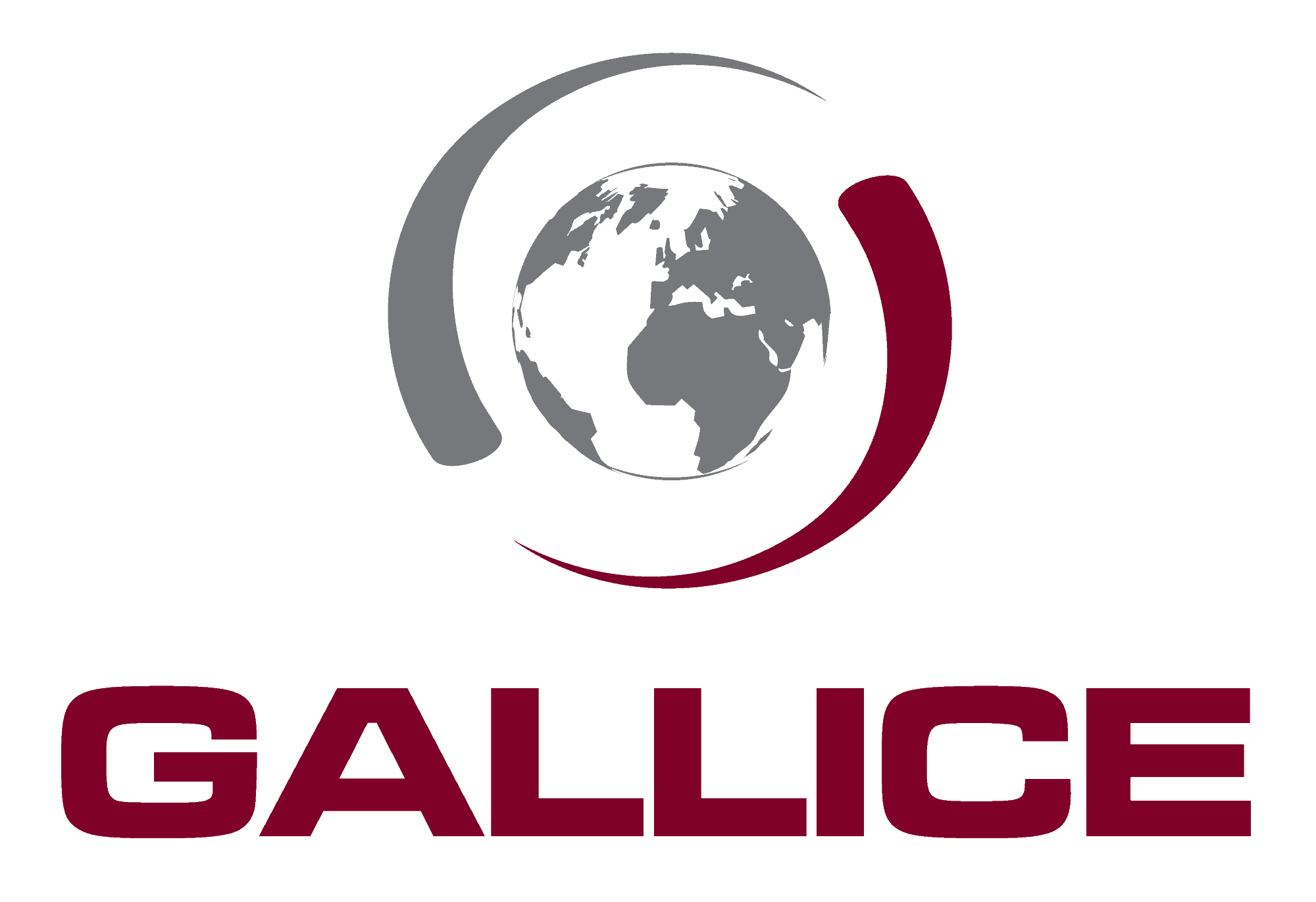DEMOCRATIC REPUBLIC OF CONGO
The Democratic Republic of the Congo remains, in 2025, mired in chronic instability, marked by ongoing security deterioration in the east of the country, a major humanitarian crisis, and the continued weakening of state authority.
Eastern DRC remains the scene of intense armed conflict. The M23 rebel group, backed by Rwanda, continues to control several localities in North Kivu, notably around Rutshuru and Masisi, where fierce fighting continues against the FARDC (Congolese Armed Forces) and their allies. Rwanda’s support for M23 has once again been denounced by Kinshasa and several international NGOs.
The climax of this confrontation was reached at the end of January 2025, with the capture of Goma by M23 fighters. This lightning offensive, reportedly supported by Rwandan logistical means, enabled the armed group to seize the provincial capital of North Kivu in less than 72 hours, triggering the flight of thousands of civilians and a hasty withdrawal of Congolese forces. The fall of Goma, a strategic city on the Rwandan border, calls into question the fragile security balance in the region, further weakens the Congolese state's authority in the east, and threatens regional agreements on security cooperation and mining exploitation. This occupation also caused deep concern among the DRC’s international partners, particularly the African Union and the United Nations, who fear a regional escalation.
At the same time, other armed groups remain active in the region:
The ADF (Allied Democratic Forces, affiliated with the Islamic State), responsible for massacres of civilians in northern North Kivu and Ituri.
The Mai-Mai militias, as well as Banyamulenge and Nyatura community-based militias, involved in local conflicts and retaliatory violence.
Armed Pygmy and Luba groups continue to clash in the former Katanga, especially around Manono.
In 2025, the Kasaï province remains relatively more peaceful from a military standpoint, but suffers from endemic criminality linked to extreme poverty and the absence of public services.
Despite the continued presence of MONUSCO, whose phased withdrawal is now under way, the population lacks reliable protection. Many displaced people live in precarious conditions in Goma, Bunia or Bukavu. The IOM estimates that the number of internally displaced persons exceeds 7 million — a historic record.
Kinshasa, although spared from the fighting, remains a dangerous city. Risks include:
Violent thefts, burglaries and carjackings, often targeting expatriates.
Kidnappings for ransom, which have been rising sharply in recent years.
Sexual violence, frequent in urban areas and rarely prosecuted.
Political demonstrations, such as those leading up to the December 2023 elections, can escalate rapidly, particularly in Goma and Kinshasa.
Tensions with Rwanda remain high, fuelled by the presence of M23, and could develop into interstate conflict. The presence of private military companies, foreign powers (notably Russian), and gold and coltan traffickers adds to the complexity of the situation in the east.
The electoral process remains contested, even though Félix Tshisekedi’s re-election has been formally confirmed. The opposition denounces electoral fraud and the locking down of the institutional system.
Travel is strictly advised against in the provinces of North Kivu, South Kivu, Ituri, Tanganyika, Maniema, Haut-Uele, and all border areas with Rwanda, Uganda, South Sudan, and Burundi.
Kinshasa requires heightened vigilance, even in diplomatic areas.
Humanitarian workers are increasingly perceived as targets or scapegoats. NGO security must be reinforced. The year 2024 was the deadliest ever recorded for humanitarian workers. This is due to a growing targeting of local staff, the increasing impunity of perpetrators, as well as rising criminalisation and disinformation. Combined with declining subsidies — notably due to the withdrawal of US aid — this significantly increases risks for humanitarian personnel.
